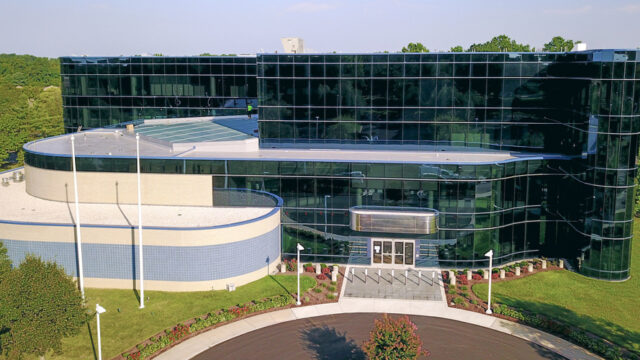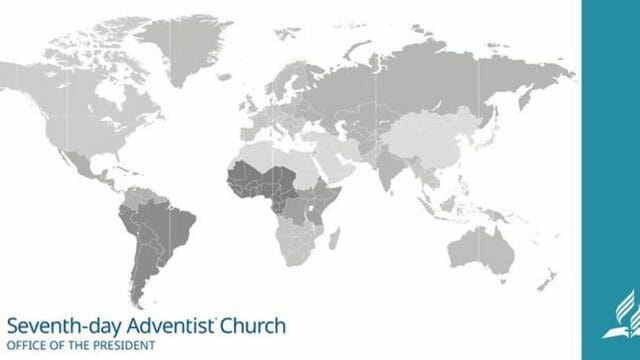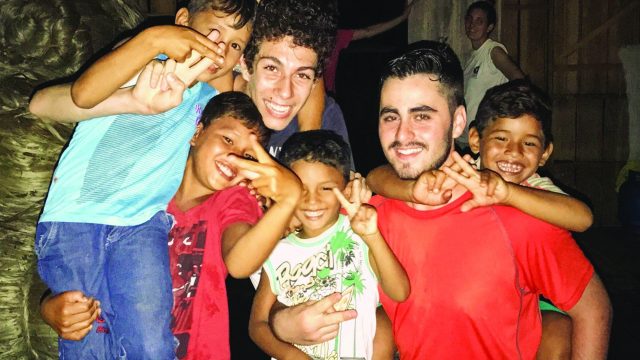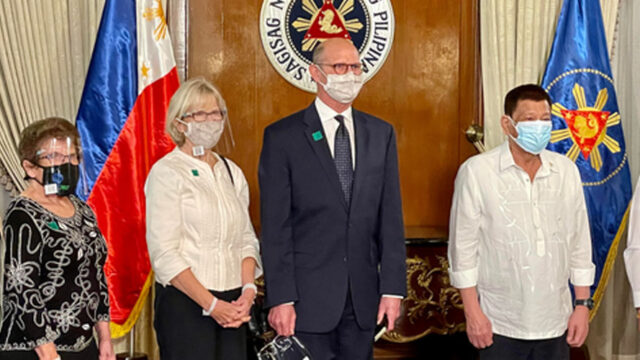Catastrophic storm deemed worst and largest in the nation’s history.
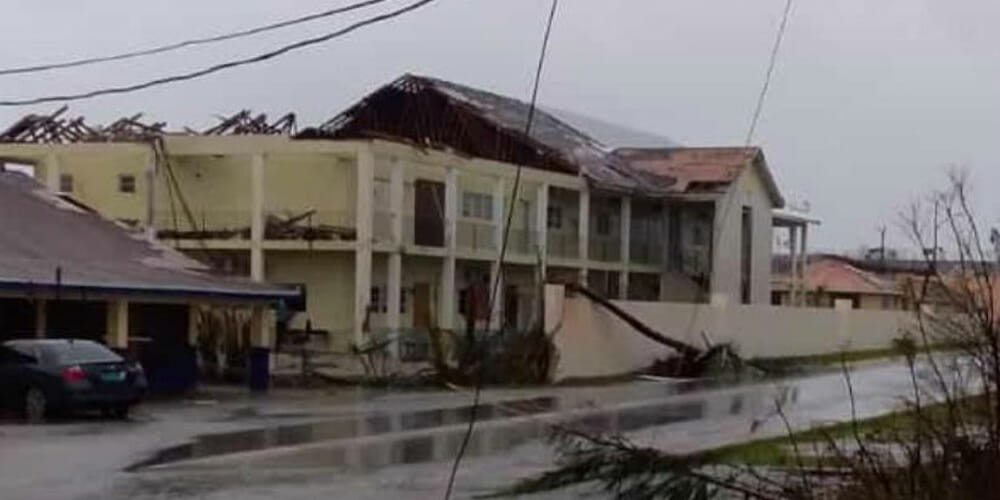
Since Monday, September 2, 2019, the islands of Abaco and Grand Bahama in the Bahamas were hit hard by Hurricane Dorian, a Category 5 storm with sustained winds of 185 mph and gusts of up to 220 mph.
Local reports in the Bahamas indicate at least seven people are dead and 21 people injured. The hurricane’s windspeed was downgraded to Category 2 but it lingered over the Bahamas.
“This [Hurricane Dorian] is the worst and largest storm the Bahamas has ever experienced,” says Leonardo Rahming, executive secretary of South Bahamas Conference and volunteer with the Adventist Development and Relief Agency (ADRA). “Dorian created havoc mainly on the islands of Abaco and Grand Bahama, causing communication and electricity to be severed on both islands,” he said.
Video footage of roads and homes being flooded circulated on social media, confirming reports of extensive damage left by Dorian.
“People are being flooded out of their homes and are calling in to the command center for assistance. Waters are climbing very high in Grand Bahama; in some places the water levels peaked at 20 feet,” Rahming says.
Due to the unpredictable nature and path of the hurricane, ADRA is waiting out the storm before providing aid.
ADRA had been on the ground before the storm and was ready to respond as soon as Dorian clears, which was not expected to happen until Wednesday, September 4, 2019, according to forecasters.
ADRA’s disaster response team in the Bahamas was monitoring the storm and working closely with the Adventist Church and local authorities to assess community needs.
“There is an immediate need for the basics, such as food, water, medicine,” Rahming said. “But, I emphasize that a lot of people are affected by this apocalyptic disaster and will need lots of help to recover.”
The original version of the release was posted in the ADRA Press Room.




